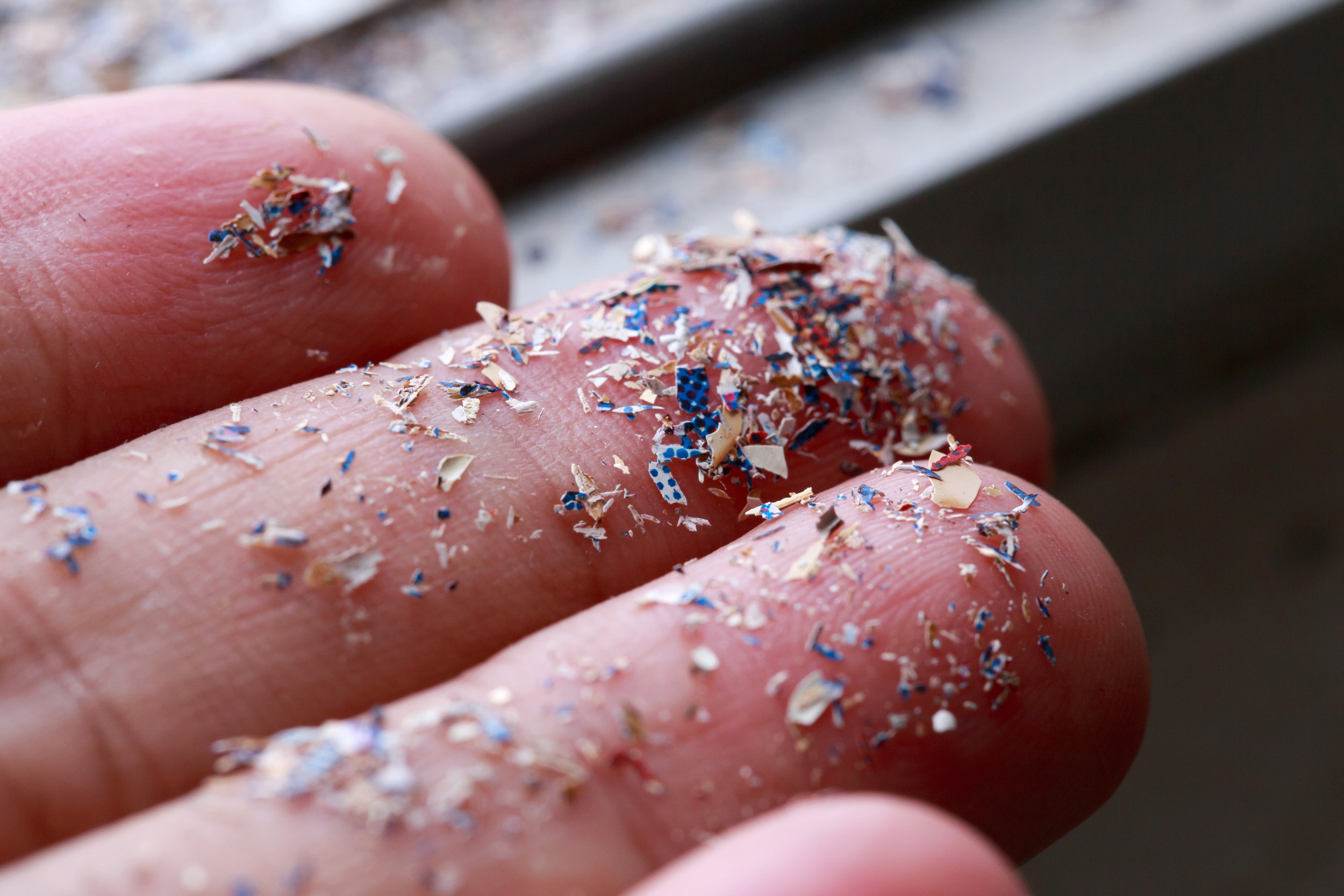The plastic dilemma
Plastics are critical to modern life. However we are faced with a dilemma. Too much plastic is leaking into the environment.
Plastics made possible the development of computers, mobile phones, and most of the lifesaving advances of modern medicine. Lightweight and good for insulation, plastics help save fossil fuels used in heating and in transportation. Perhaps most important, inexpensive plastics raised the standard of living and made material abundance more readily available. Without plastics many possessions that we take for granted might be out of reach for all but the richest individuals. Replacing natural materials with plastic has made many of our possessions cheaper, lighter, safer, and stronger
Whilst plastic has helped with the advancement of modern life, there has been an expansion of their use (for example single use plastic packaging) which are unnecessary and problematic.
Global plastics consumption has grown 23 times over the previous 20 years and will double in the next 20 years. Most of plastic consumption is for consumer applications and plastic packaging, representing 26% of the total volume of global plastics consumption (CSIRO 2021) . The increase in global plastic production since 1950 is illustrated below (source Australian National Plastics Plan 2021)
As detailed in the National Plastic Plan 2021,
Australia produces 2.5 million tonnes of plastic waste each year, equating to 100kg per person.
Only 13% of plastic is recovered and 84% is sent to landfill.
Australia use around 70 billion pieces of soft ‘scrunchable’ plastics such as food wrappers, each year.
Around 130,000 tonnes of plastic we consume leaks into the environment each year.
By 2050, it is estimated that plastics in the ocean will outweigh fish.
A Sankey diagram of plastics flows for Australia as at 2017–18 is presented below.
Based on 9% leakage, this correlates with an estimated 306,900 tonnes of plastic leaking into the environment each year.
Why is this a dilemma?
Sending 65% of plastic waste to landfill correlates with an estimated 2.2M tonnes of plastic. 1 tonne of plastic waste equates to 23 cubic metes of space in a landfill. This would equate to an estimated 51 million cubic metres of plastic. At that rate, Australia would fill a Sydney Harbour every 11 years.
Plastic doesn’t go away. Within a landfill, it takes plastic 400-1000 years to break down.
Using virgin plastic requires more energy and natural resources to produce that recycled products. As a guide only, we would need 1.8 planet Earths to sustain our current rate of resource use. It is not sustainable to live in a linear economy (produce, consume and throw away).
Plastic is impacting upon our marine and terrestrial environments. Of particular concern are microplastics, arising from the breakdown of larger plastics.
As a community, we need to reduce the plastic we use and increase the plastic we recover / recycle. A major cultural and cognitive barrier is that people largely prefer (and are used to) using new products. Until we are happy to use recycled products recycling truly won’t succeed. It is clear that the community are interested in reducing plastic use and recycling and have the right attitude. This does not seem to translate to behaviours. It is very easy to live within the linear economy, with no direct consequence clearly visible.
Fortunately there is evidence we are starting to understand the seriousness of the plastic dilemma:
All levels of Government in Australia are phasing single use plastics out by 2025 (NSW/ACT/VIC/WA/SA/QLD/TAS/NT).
Container deposit schemes are used more widely and are very successful.
The introduction of the Australasian Recycling label program.
As a community,
We need to challenge our culture and cognitive barriers to only wanting new things. Be open to buying recycled products.
Challenge the linear economy. Aim to live within a circular economy (avoid, reduce, reuse and recycle).
Avoid purchasing products wrapped in single use plastic.
Educate yourself about what you can be recycle. Most things can.
It is clear that plastics are critical to modern life. If we can eliminate problematic and unnecessary plastics and create a better loop of reusing and recycling, we can limit the production of new plastics and mitigate leakage into the environment.







